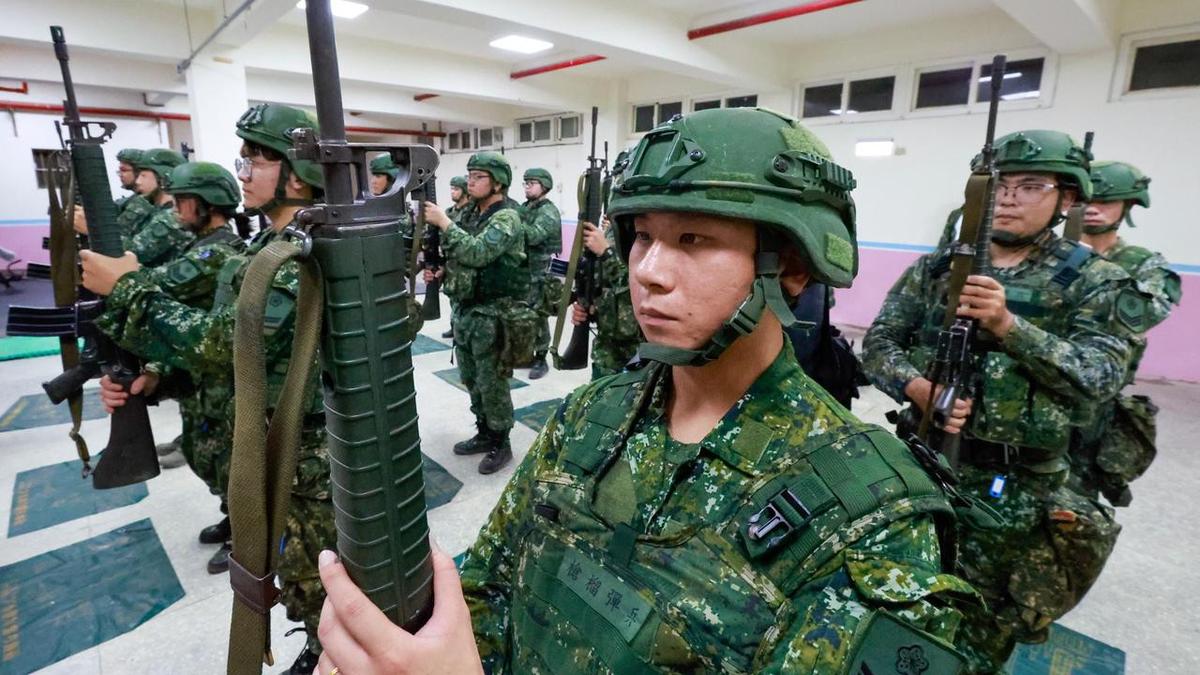Against the backdrop of longstanding tensions between Taiwan and China, these military exercises take on added significance. The strategic location of Taiwan, situated at a critical crossroads in the region, has made it a focal point in the broader power struggle between the United States and China. As Beijing asserts its territorial claims more assertively, Taiwan finds itself in the crosshairs of China’s expanding influence.
Taiwan’s military drills serve as a clear message to Beijing that the island nation is prepared to defend its sovereignty and protect its interests.
The exercises not only demonstrate Taiwan’s military capabilities but also signal its determination to resist external pressures and assert its autonomy. In the face of mounting provocations from China, Taiwan is signaling its readiness to defend itself and deter any potential aggression.
Expert analysts point to the strategic significance of these military drills in the context of regional security dynamics. As China’s military presence grows in the South China Sea and the Taiwan Strait, Taiwan is taking proactive steps to bolster its defenses and enhance its readiness. The drills are a crucial component of Taiwan’s overall defense strategy, aimed at deterring potential threats and maintaining stability in the region.
By conducting these military exercises, Taiwan is not only sending a signal to China but also reaffirming its commitment to regional security and stability.
The drills are also a reminder to the international community of the fragile balance of power in the Asia-Pacific region and the need for vigilance in the face of escalating tensions.
Beyond the immediate military implications, the ongoing standoff between Taiwan and China has broader geopolitical ramifications. The complex interplay of economic interests, historical grievances, and strategic calculations complicates efforts to resolve the longstanding dispute over Taiwan’s status. The military drills serve as a stark reminder of the unresolved issues that continue to fuel regional tensions and shape the dynamics of major power competition.
The Taiwan-China standoff underscores the challenges of managing competing interests in a volatile region where the stakes are high and the margin for error is slim.
The risk of miscalculation or escalation looms large, with potential consequences that could reverberate far beyond the Taiwan Strait. As both sides navigate the delicate balance of power, the need for diplomatic engagement and conflict resolution mechanisms becomes increasingly urgent.
In conclusion, Taiwan’s military drills signal a determined response to the growing threats posed by China’s assertive actions in the region. The exercises not only showcase Taiwan’s readiness to defend itself but also highlight the broader implications of the escalating tensions between Taiwan and China. As the geopolitical landscape continues to evolve, the challenges facing Taiwan underscore the complex interplay of security, sovereignty, and strategic interests in the Asia-Pacific region.









Leave feedback about this